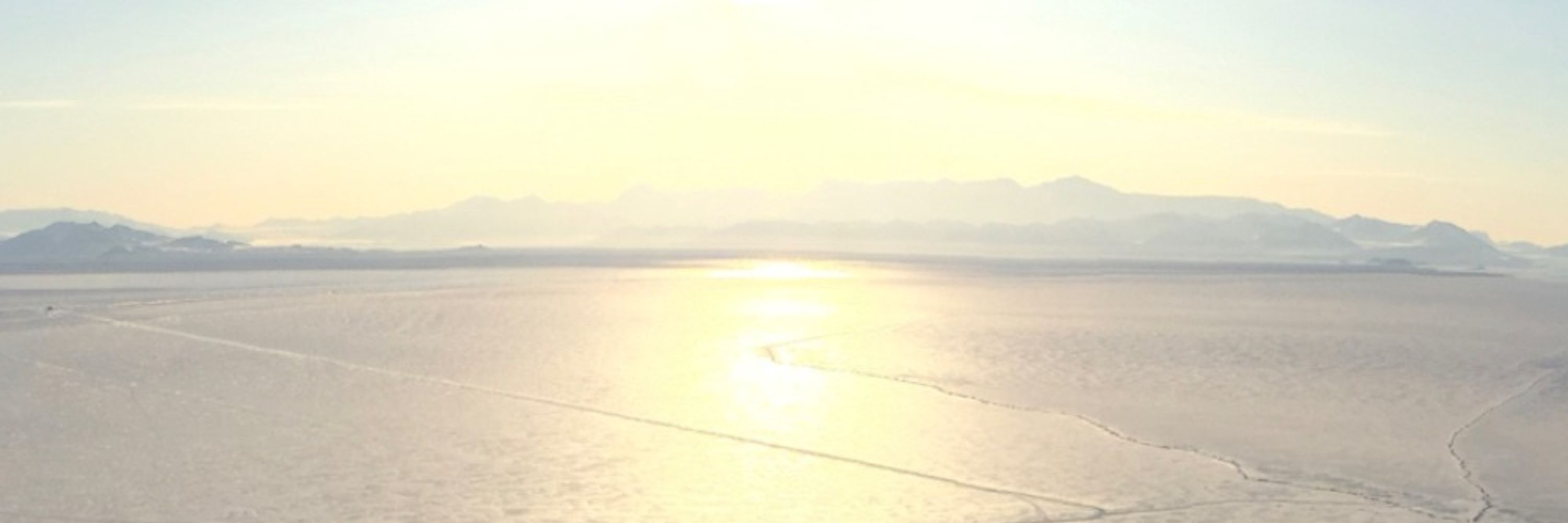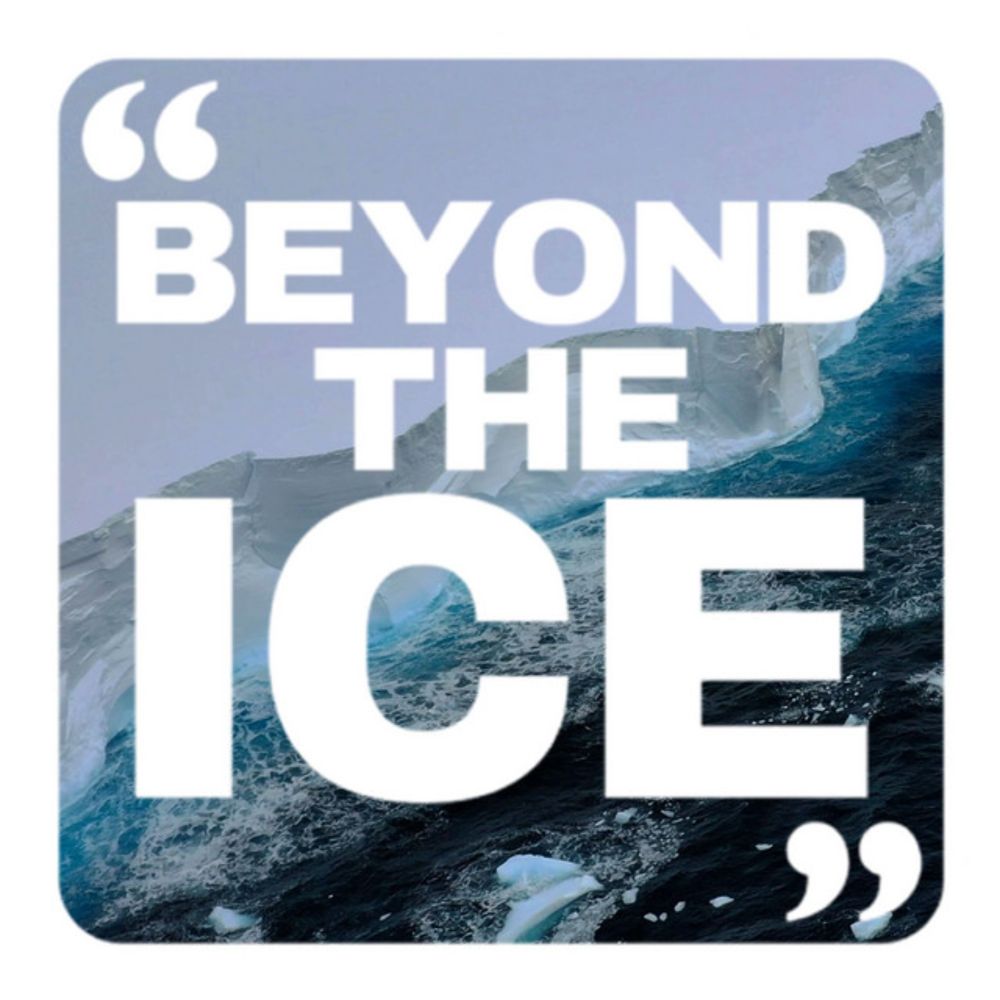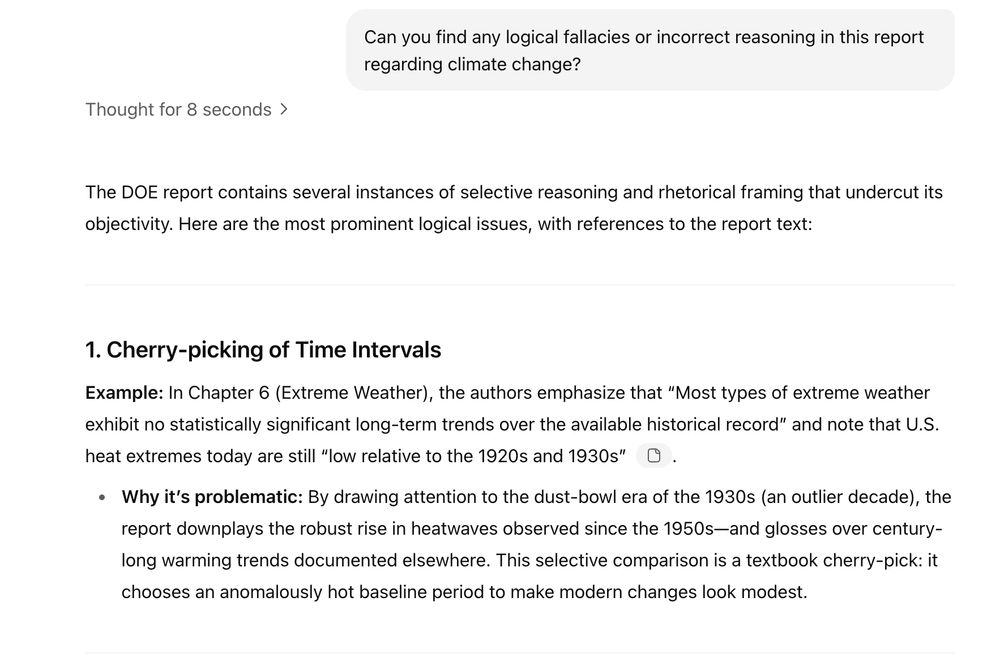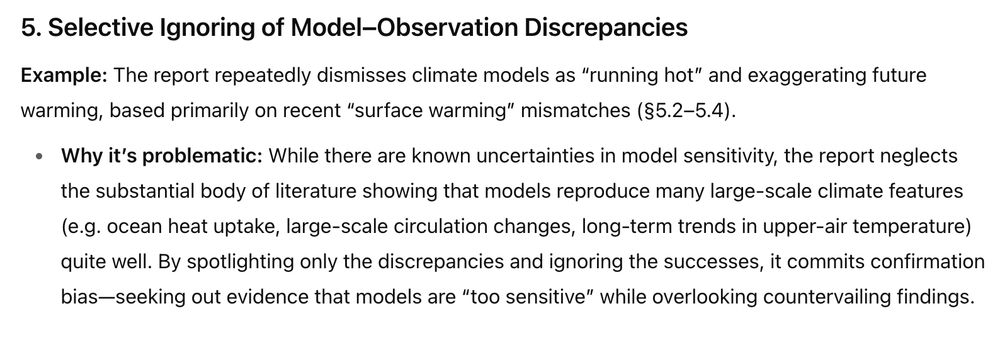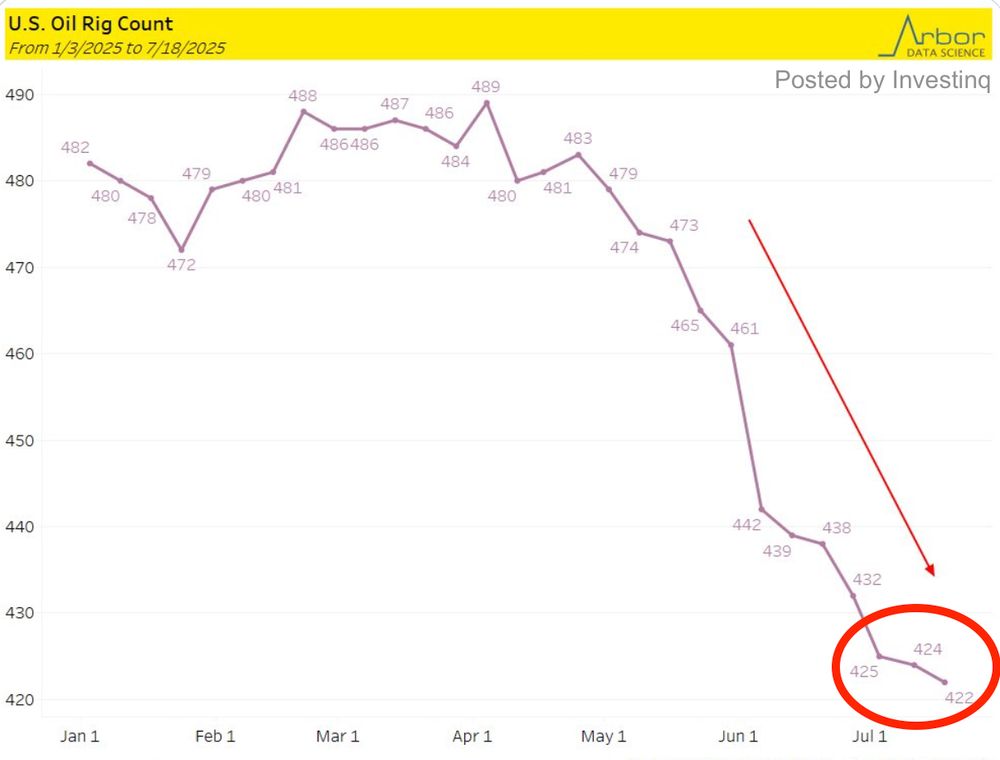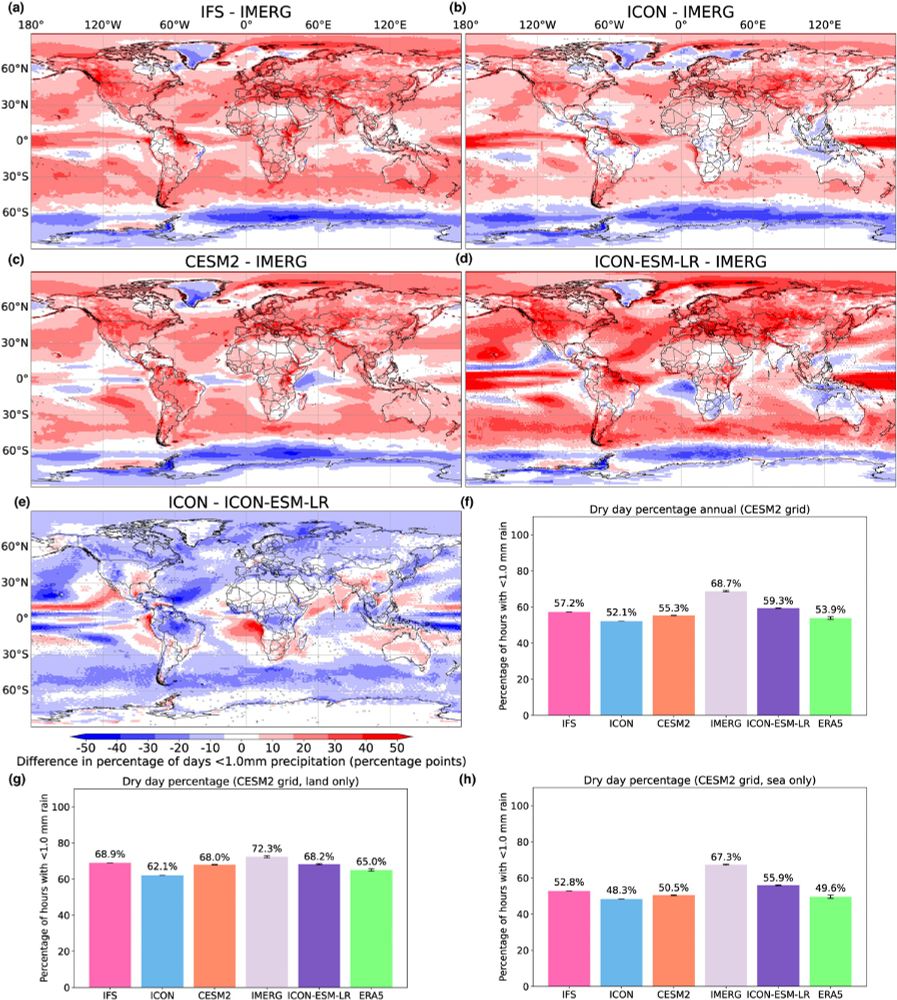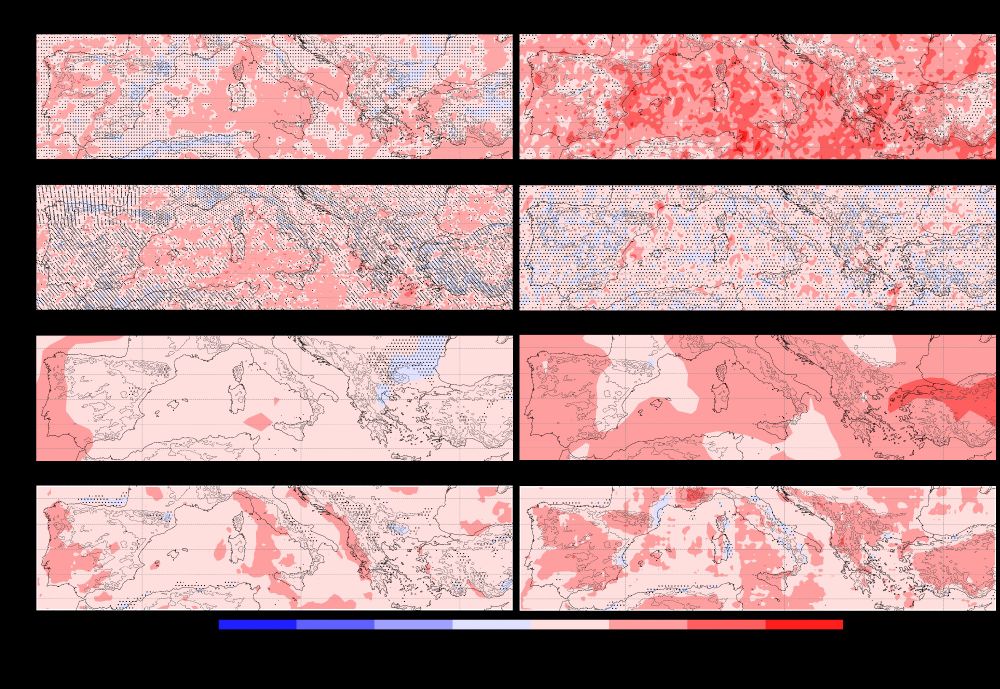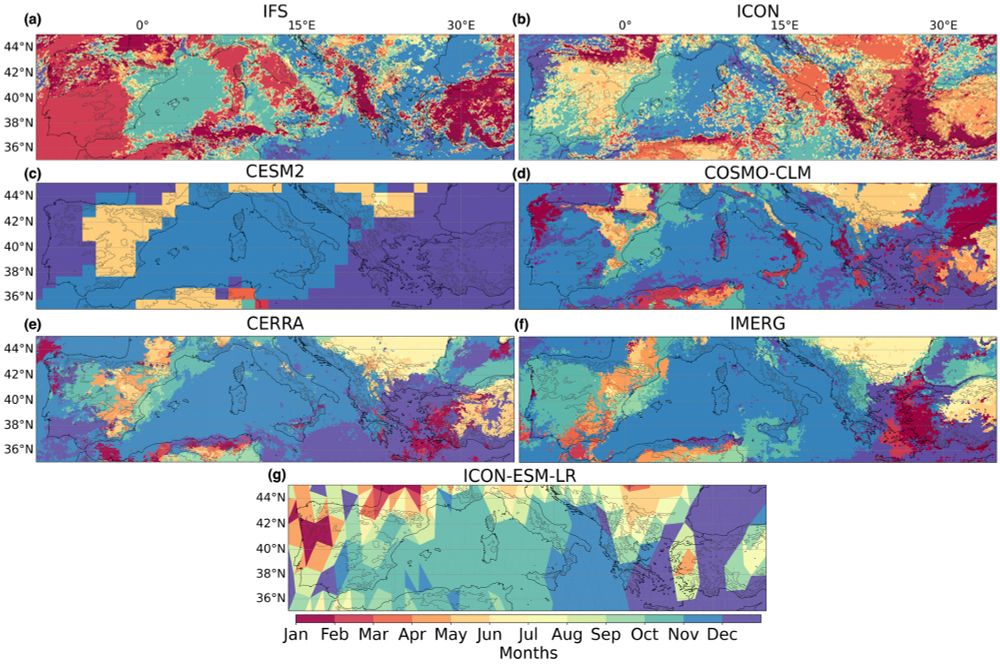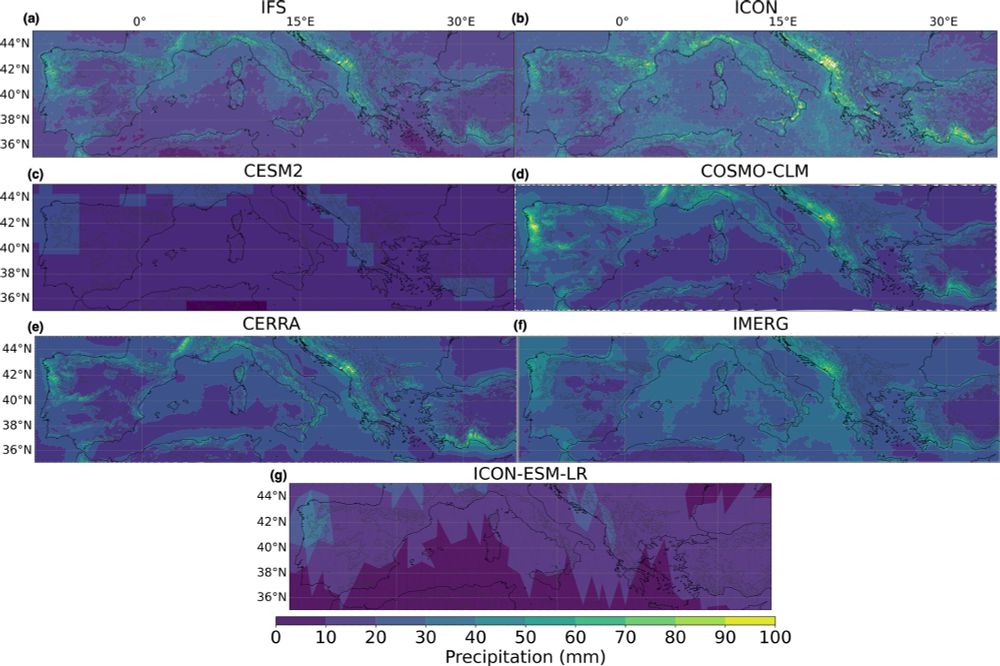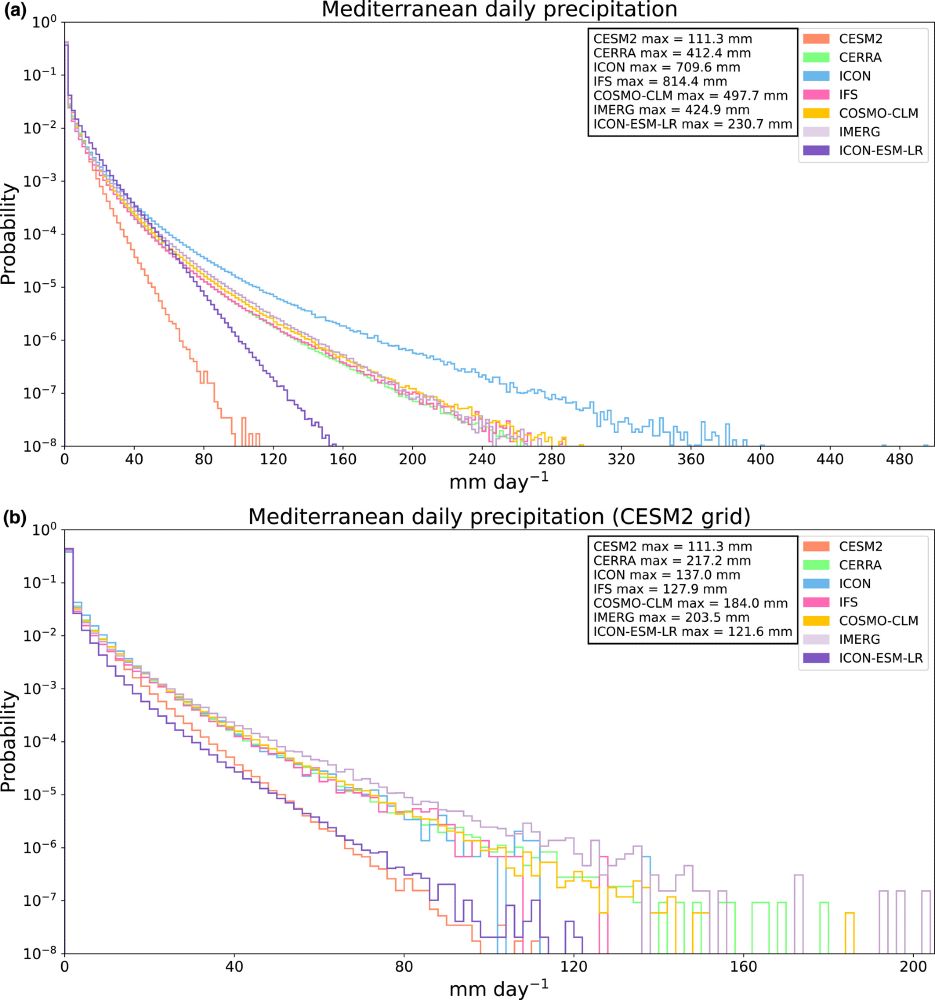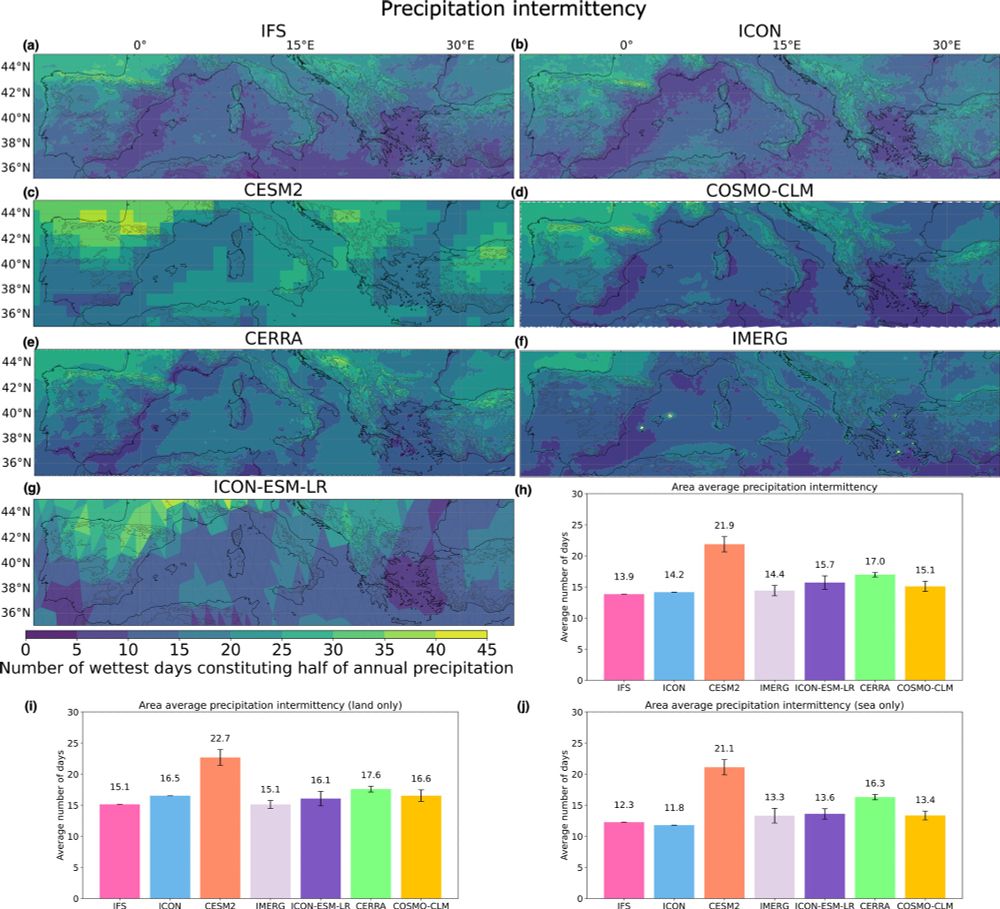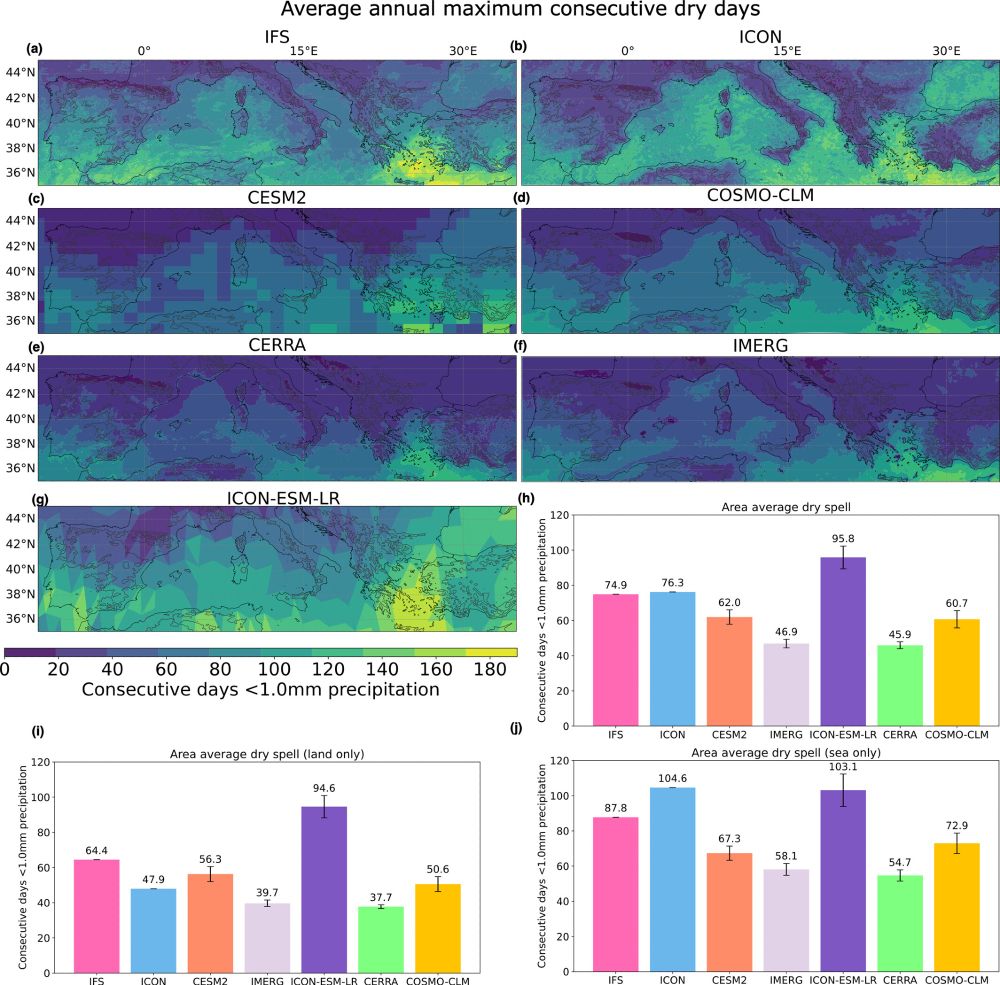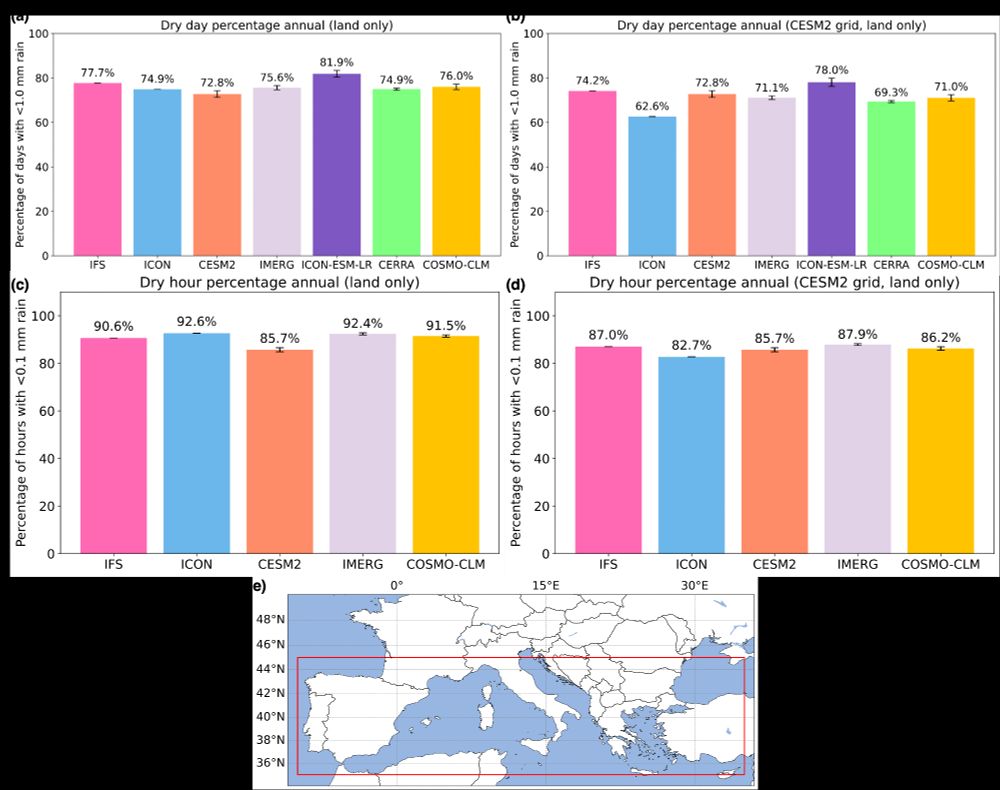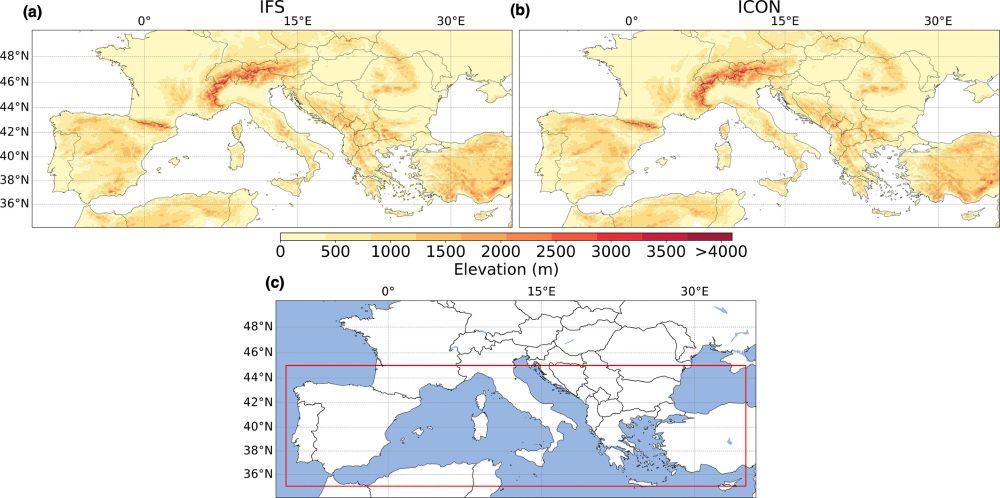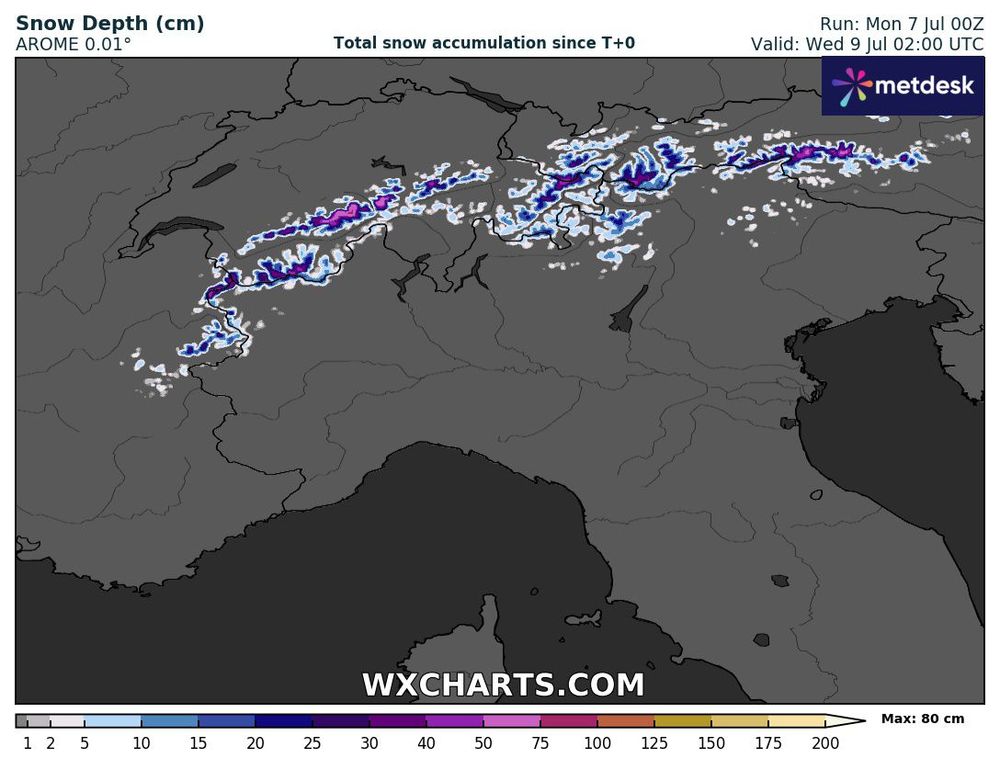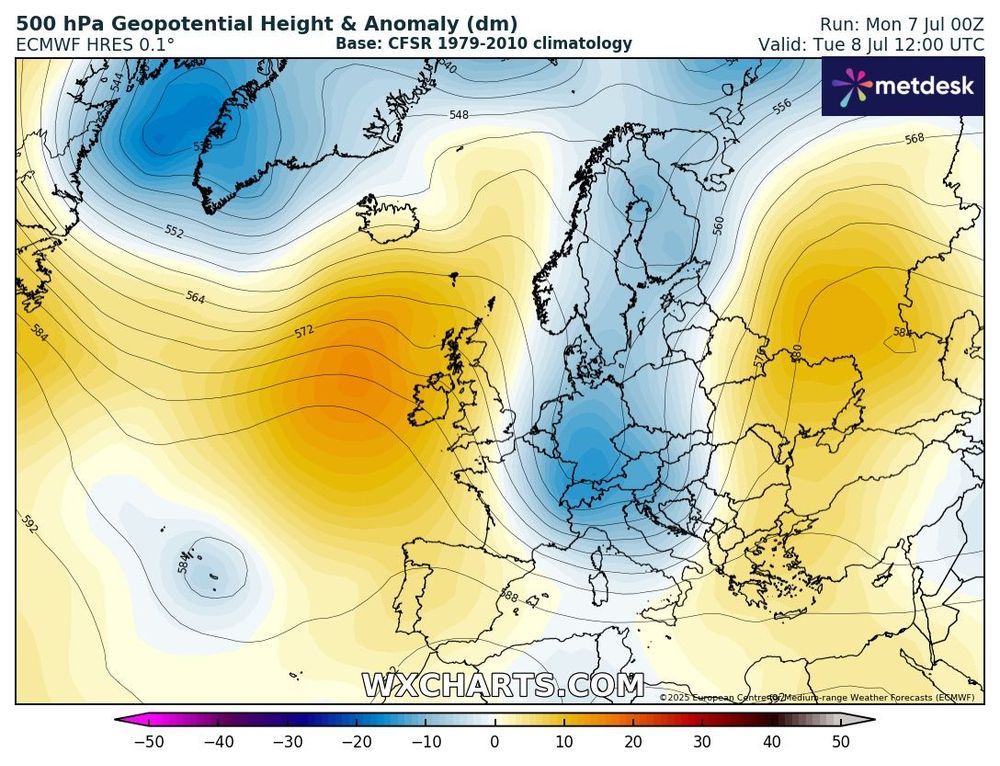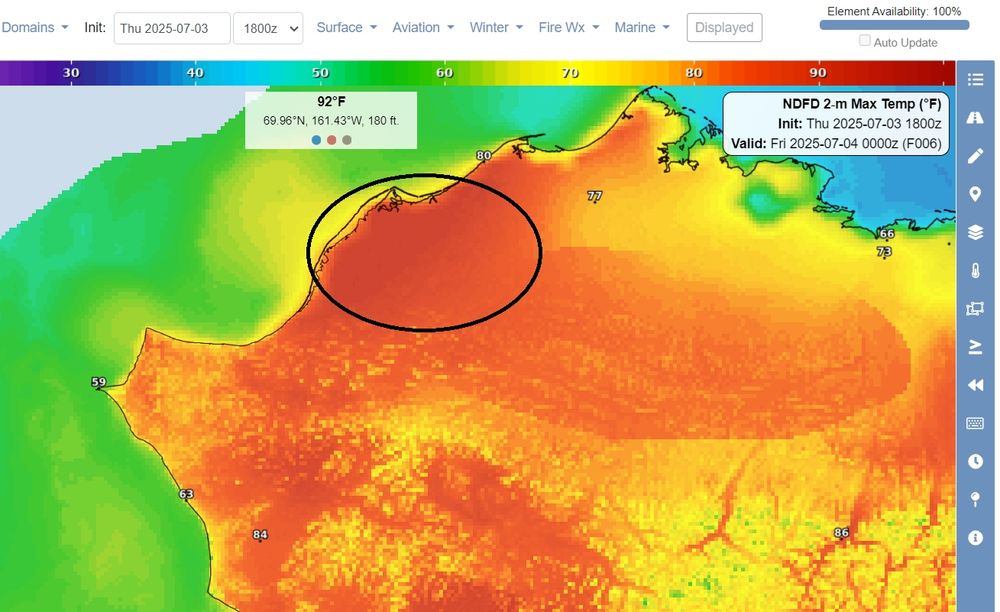Jonathan Wille
@jonathanwille.bsky.social
1K followers
490 following
82 posts
❄️ Polar meteorologist and climatologist.
Studying #polar #meteorology #climatology with focus on atmospheric rivers, mass balance impacts, and high-res climate modeling.
Post-doc researcher at ETH Zurich.
Posts
Media
Videos
Starter Packs
Reposted by Jonathan Wille
Reposted by Jonathan Wille
Andrew Dessler
@andrewdessler.com
· Jul 31
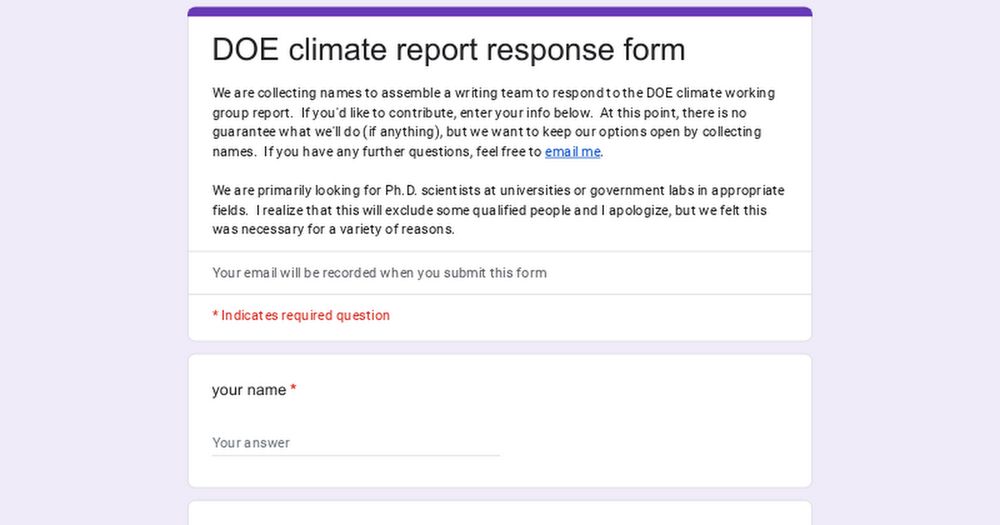
DOE climate report response form
We are collecting names to assemble a writing team to respond to the DOE climate working group report. If you'd like to contribute, enter your info below. At this point, there is no guarantee what we'll do (if anything), but we want to keep our options open by collecting names. If you have any further questions, feel free to email me.
We are primarily looking for Ph.D. scientists at universities or government labs in appropriate fields. I realize that this will exclude some qualified people and I apologize, but we felt this was necessary for a variety of reasons.
forms.gle
Reposted by Jonathan Wille
Jonathan Wille
@jonathanwille.bsky.social
· Jul 30
Jonathan Wille
@jonathanwille.bsky.social
· Jul 30
Reposted by Jonathan Wille
Jonathan Wille
@jonathanwille.bsky.social
· Jul 15
Jonathan Wille
@jonathanwille.bsky.social
· Jul 15
Jonathan Wille
@jonathanwille.bsky.social
· Jul 15
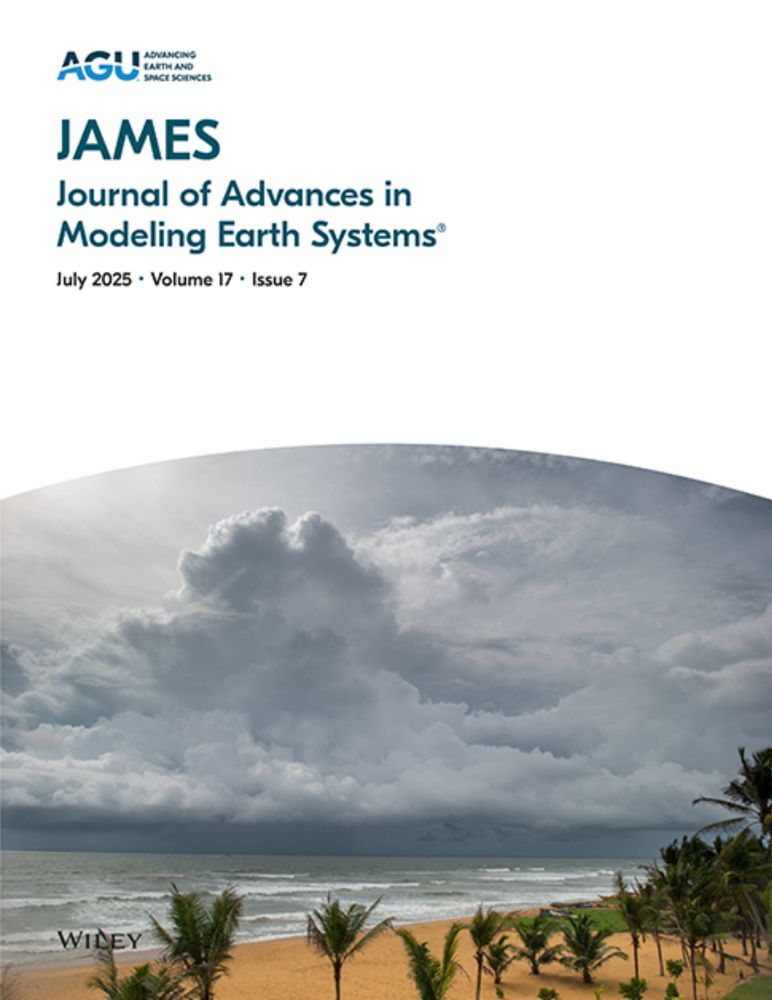
Extreme Precipitation Depiction in Convection‐Permitting Earth System Models Within the nextGEMS Project
Fully coupled convection-permitting Earth System Models improve the depiction of wet/dry precipitation extremes over the Mediterranean region
The explicit resolution of convection helps simulate ...
agupubs.onlinelibrary.wiley.com
Reposted by Jonathan Wille
